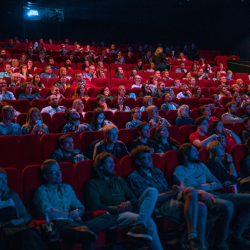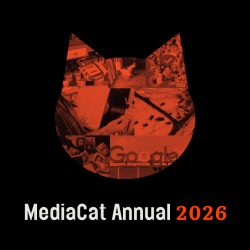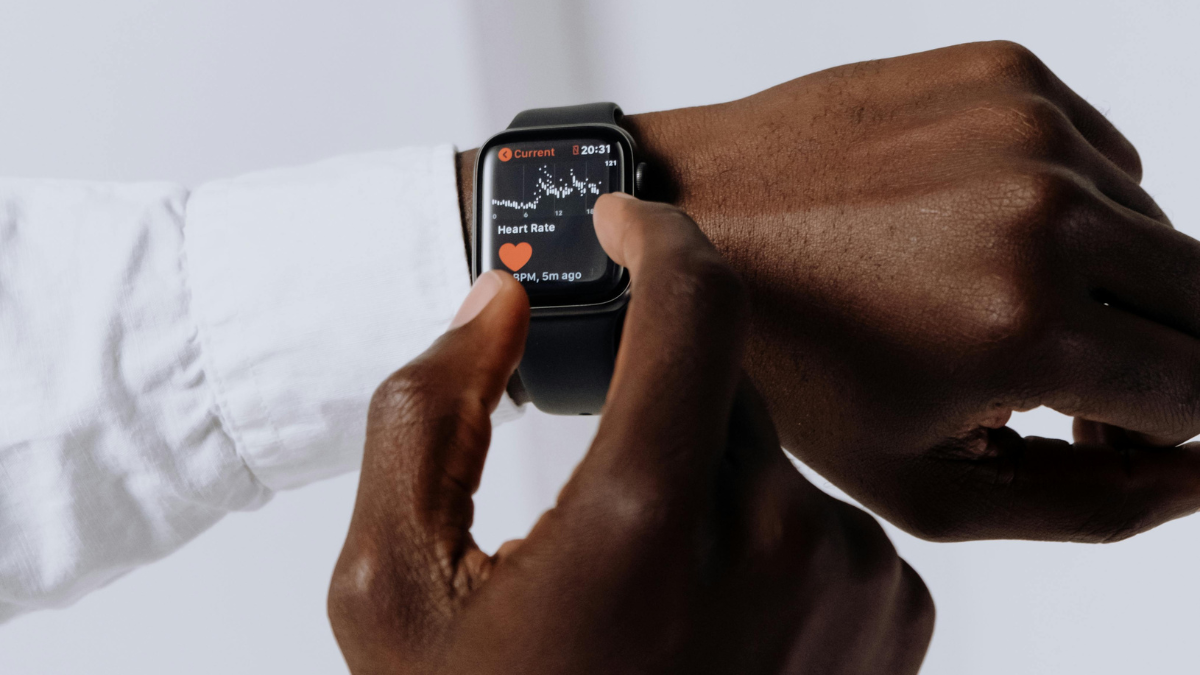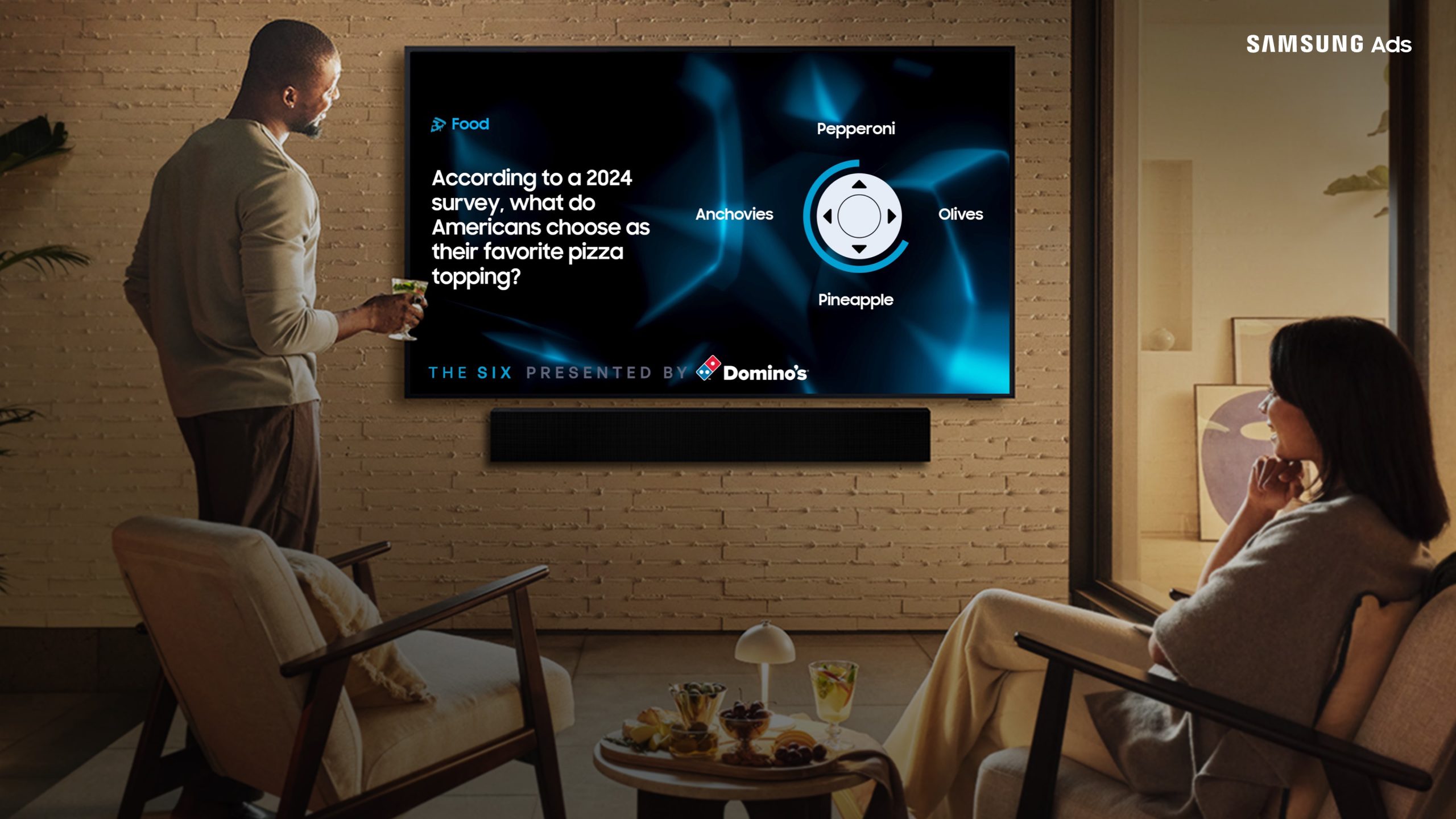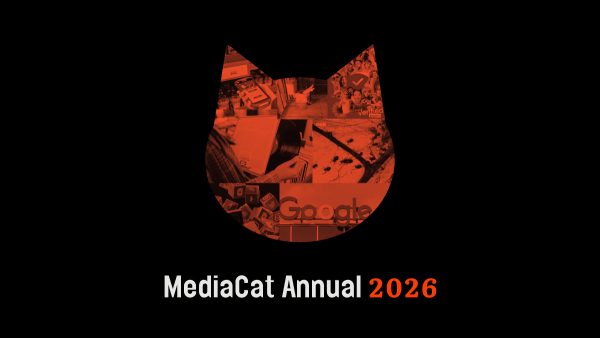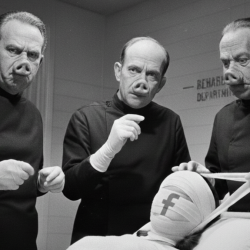A person’s heart rate gives more clues about their attention levels than their eye movements, according to a research project funded by Google.
The study, How to accurately measure attention to video advertising, analysed eight physiological activities to find out if any of them gauged attention as accurately as the brain wave measuring electroencephalogram (EEG), which is the gold standard metric but expensive and hard to scale.
The researchers devised an experiment in which participants were hooked up to sensors that measured their brain activity, heart rate, eye movement, facial expressions and skin conductance as they watched ads.
Apart from the EEG, the only device that gave an accurate reading of people’s attention was the heart rate monitor, which recorded fewer beats per minute when the participants were engrossed in an ad.
The other physiological activities struggled to detect dull ads. Visual attention measures (eg, eyes on screen, blink duration) were especially unreliable, indicating high attention while the EEG recorded little or even zero conscious processing.
High attention is when viewers ‘consciously notice and record’ the external world, write the researchers, meaning that visual attention measures can be deceptive, since watching an ad does not necessarily mean processing it.
But heart rate measures both attention and conscious processing in line with the EEG, and so the researchers argue that it is a better metric for measuring attention than the widely used eye-tracking.
The results of the study also highlighted that speaking to viewers is a ‘direct and reliable way’ to measure attention and find out if conscious ad processing took place.
Against a backdrop of decreasing attention spans and an ever-increasing number of media platforms, attention has become a ‘new media currency to compare and price media/format options’, write the researchers, meaning that it is increasingly valuable to know which metrics give reliable readings.
Google partnered with the Ehrenberg-Bass Institute for Marketing Science and MediaScience to conduct the study. The research team comprised Nicole Hartnett, Steven Bellman, Virginia Beal, Rachel Kennedy, Claire Charron and Duane Varan.
Featured image: cottonbro studio / Pexels
